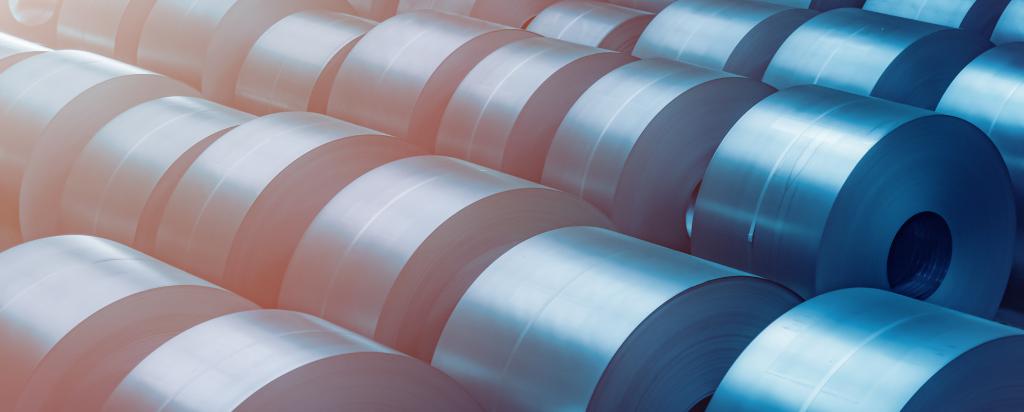
BlueScope Steel Project Summary
Compatibility of coil coated steel building products with traditionally incompatible building materials
BlueScope is a provider of innovative steel materials, products, systems and technologies and are one of the world’s leading manufacturers of painted and coated steel products. With strong expertise in steel, BlueScope provide vital components for houses, buildings, engineered structures, infrastructure and more. BlueScope’s most recognised product brands include COLORBOND® steel, TRUECORE® steel and ZINCALUME® steel, and also the LYSAGHT® brand of quality steel building products.
Coil coated steel products are widely used in building applications, particularly in roofing, cladding and rainwater management applications, due to their inherent features of high strength, lightweight and long service life. Coil coated steel products typically feature a metallic coated steel substrate and may also have additional organic coatings. Corrosion resistance is imparted to the steel substrate by galvanic corrosion protection of the sacrificial metallic coating.
Some common building materials are not generally recommended for use with coil coated steel products, e.g. lead flashing, copper gutters and downpipes and stainless-steel fasteners and fixing screws. Contact between these dissimilar metals and coil coated steel products in the presence of moisture can result in accelerated corrosion due to the formation of a localised galvanic cell, compromising aesthetics and reducing service life. Whilst moisture is essential, the presence of corrosive contaminants like marine salts and other pollutants can exacerbate this effect.
Contact between coil coated steel products and other building materials can be indirect or direct. Indirect contact refers to the formation of so-called “inert catchments”, where water that contacts the more cathodic (inert) material flows onto the more anodic (active) material. More commonly observed however is direct contact, where the more cathodic (inert) material is both physically and electrically connected to the more anodic (active) material, creating a localised galvanic cell.
Practical solutions to reduce or eliminate galvanic corrosion arising from the use of dissimilar metals are sought. For this project, solutions that enable the use of stainless-steel fasteners in marine environments are sought. Solutions may either be a means of greatly reducing the magnitude of the potential difference of the galvanic couple when it forms, or a simple means of electrical isolation that prevents the formation of a galvanic couple altogether.
Student Undertaking
Student Undertaking terms and conditions
BlueScope Steel, Thales Group & Romar Engineering projects only
You will receive a completed form to return signed within 48 hours of your successful email